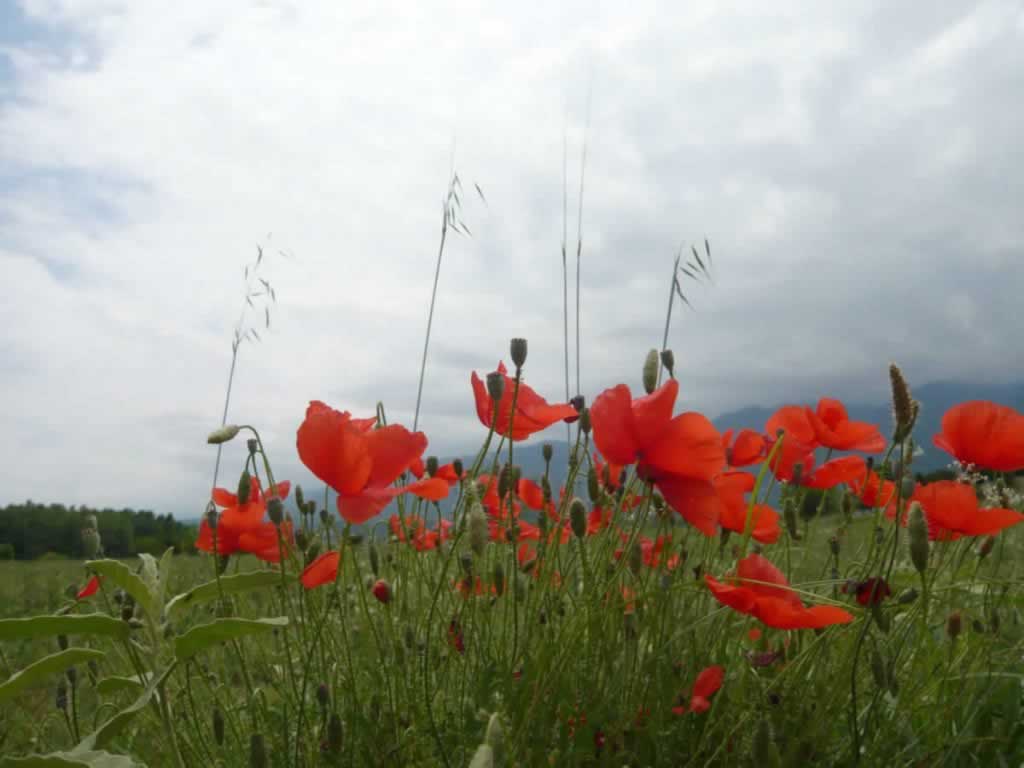#1 top pick
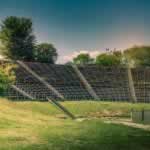
Day Trip by Train from Athens to Dion and Mount Olympus
- ☑ Skip the hassle of driving or arranging transport with a day trip by train
- ☑ Visit the Archaeological Park of Dion, Platamonas Castle, Enipeas Waterfall & Litochoro
- ☑ Learn about the history of Mt. Olympus from the time of ancient Macedonia
- ☑ Delve into the natural beauty of Mt. Olympus with an easy hike, then have lunch in Litochoro
- ☑ Duration: approx. 13 hours
- ⭐️Rating: 4.5 out of 5 stars (19 reviews)
#1 top pick

Day Trip from Thessaloniki to Dion and Mount Olympus
- ☑ Bus transportation to all locations
- ☑ Visit Dion Archaeological Park and Mt. Olympus in a day from Thessaloniki
- ☑ Learn about the history of Mt. Olympus from the time of ancient Macedonia
- ☑ Delve into the natural beauty of Mt. Olympus with an easy walk in the Epinea Gorge
- ☑ Duration: approx. 8 hours
- ⭐️Rating: 4.5 out of 5 stars (163 reviews)
A wetland scattered with statues, building fragments, ancient walls and sanctuaries, Dion is home to colorful dragonflies, butterflies, lizards, frogs and crazy looking insects. At the first sight you might think the park is abandoned. In fact, it is intentionally left like this to mark the passage of time and to make visitors more aware of the fragility of all the mundane.
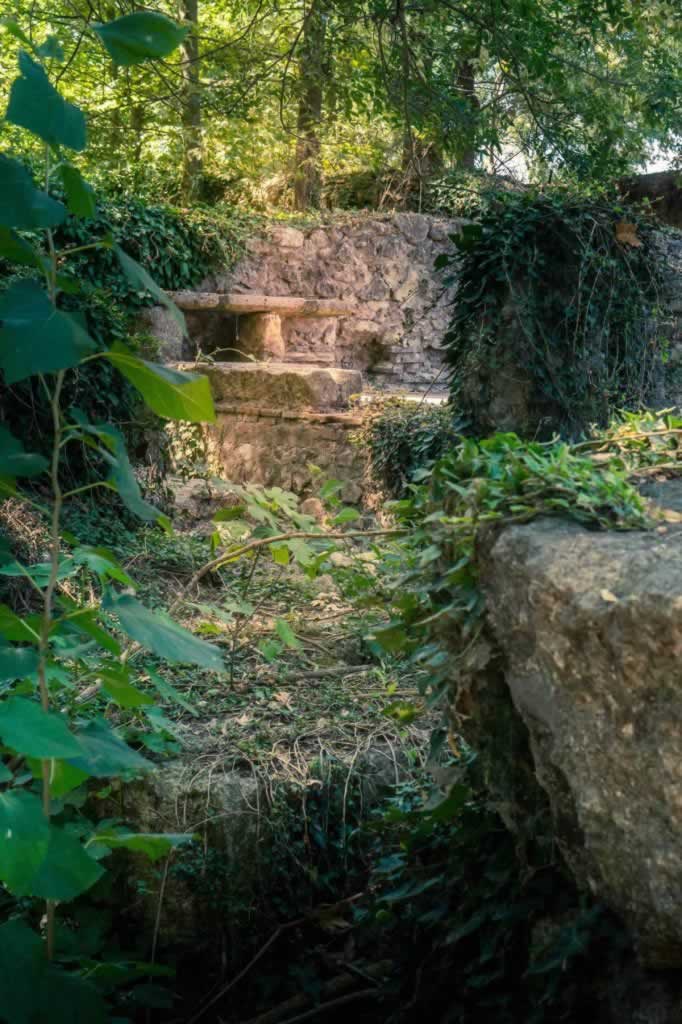
Contents of Dion Archeological Park – Swamps, Sanctuaries and Dragonflies
Brief History of Dion, the Sanctuary by the Foot of Mount Olympus
Dion was originally a harbor on Vaphyras river. By the end of the 5th century BC, King Archaelos I turned this small dwelling into a sacred city by building a sanctuary to Zeus (in Greek Dion means Zeus). Four other sanctuaries appeared on the site of Dion, dedicated to Demeter, Artemis, Asklepios and Isis. Indeed, there’s a sanctuary dedicated to the Egyptian goddess, Isis, the protector of mothers and children, the mother of Horus.
A stadium and a theater added to the fame of this site that soon became the place to go for all Macedonian kings to celebrate their victories. The Olympic Games of Dion, dedicated to Zeus took place here. Alexander the Great came to Dion to make sacrifice to gods before going to conquer new territories.
Later on, Roman colonists arrived and built two Christian churches on the ruins of ancient Dion. Today we can still see some ruins of the ancient Roman baths and a couple of marble toilet benches, very similar to the ones in Ephesus.
The sad ending of this flourishing city came as consequence of earthquakes and floods leading to the transformation of this area into a muddy swamp.
Nowadays, the place is an open air archeological park that has changed very little in the past 20 years. Showcasing ruins of ancient sanctuaries and buildings from the Hellenistic and Roman periods, Dion helps us better understand the history of Pieria, this beautiful and interesting region of Greece most tourists ignore.
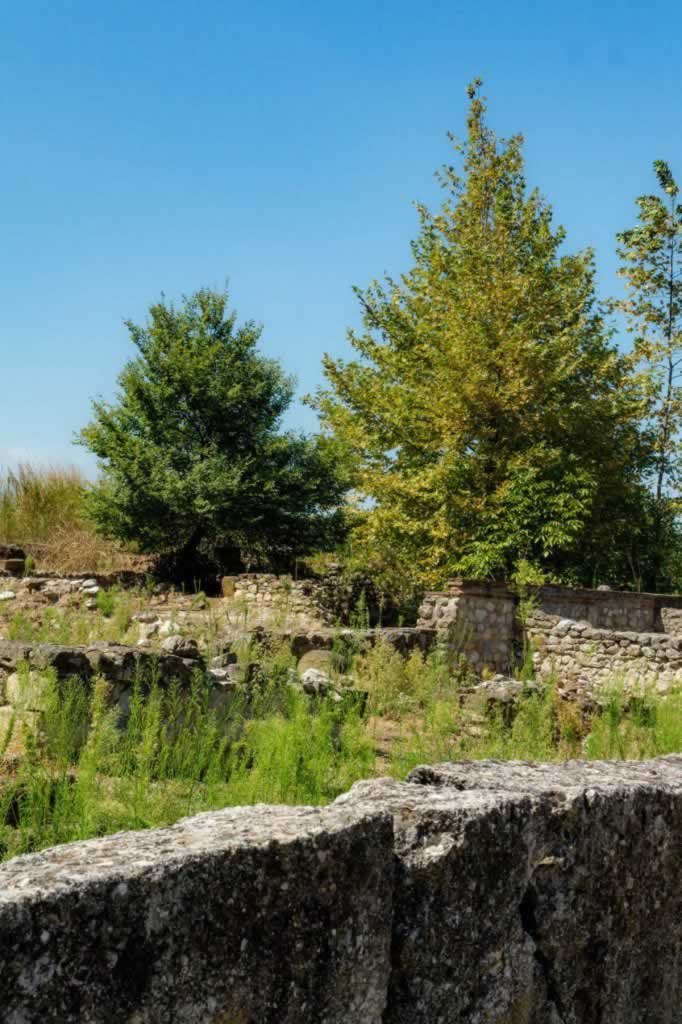
The 2000 Years Old Road
The old road of Dion city is still here for you to walk on it.
Even though it is smaller than the main road of Ephesus, this road is still impressive with its huge stones that hold their positions after such a long time.
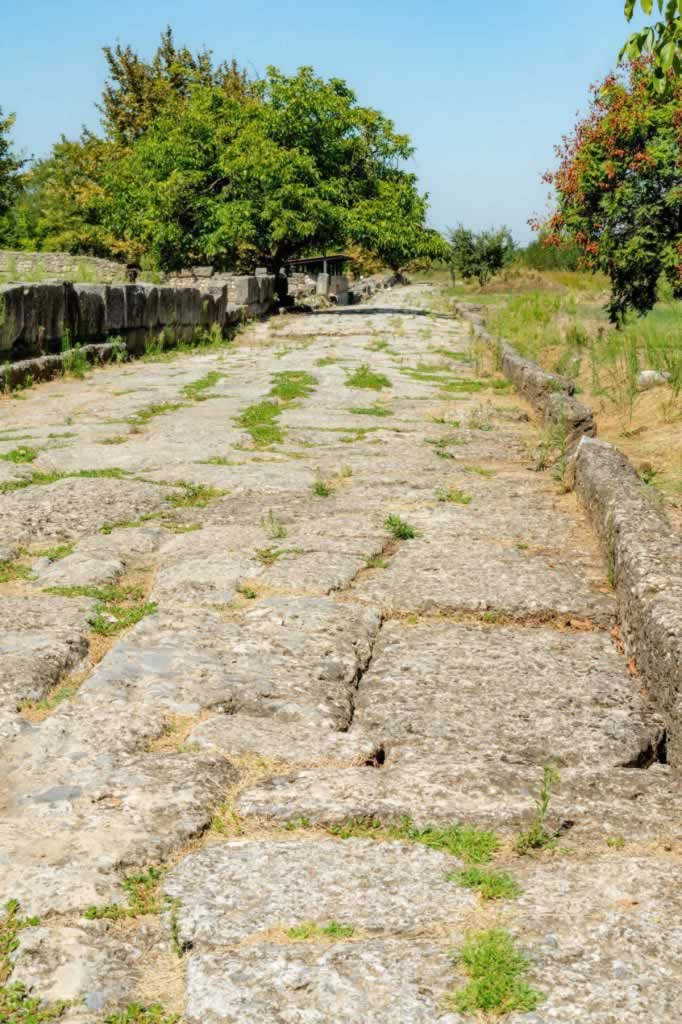
The Public Baths
Dion reminds of Ephesus is so many ways! The public toilets in the ancient city of Dion looked just like the ones in Ephesus.
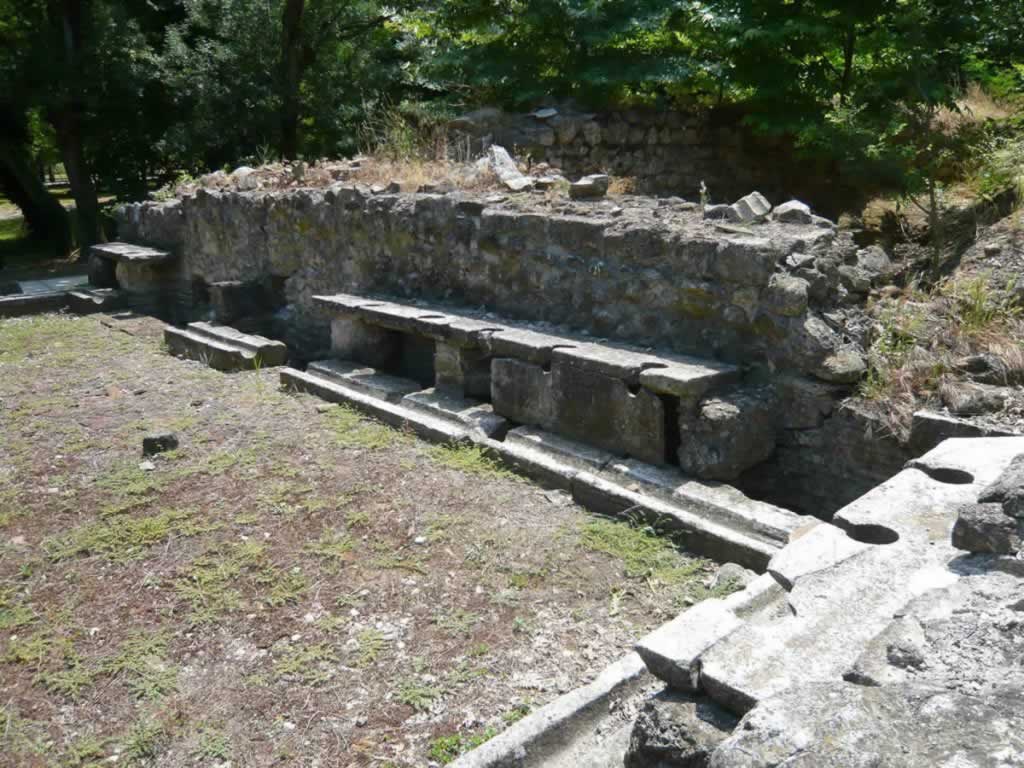
It must have been fun to sit there for your number 2 and have a chat with your peers in the same time.
The mosaic floors depicted flowers, animals and various other patterns and were crafted with a great attention to detail.
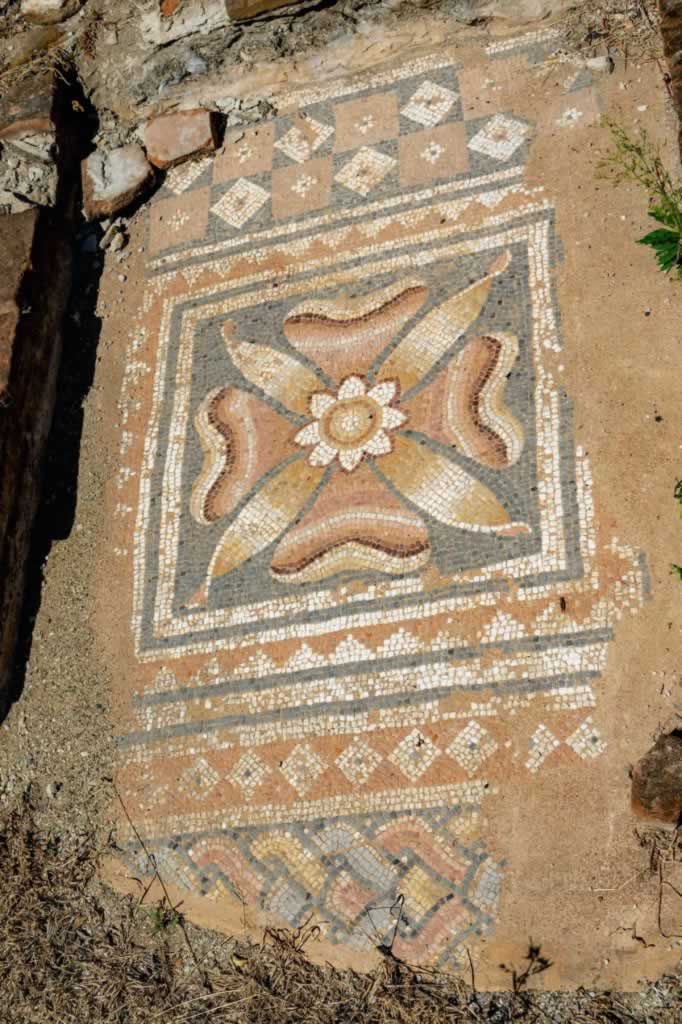
The Hypocaust
The hypocaust (hypocaustum in Latin) was the central heating system of buildings in ancient times. Romans and Greeks used hypocaust systems to heat floors and even walls, via a smart network of pipes. The working principle was based on using human labor to maintain a fire in a space connected to this system of pipes and vents.
Since building a hypocaust was very expensive, not all homes were able to benefit from this type of heating. Nevertheless, hot baths and some other public buildings had it. One of the biggest issues was that the system required tremendous human labor to burn the wood necessary to keep the fire burning for the heating system to work.
In the image below you can see the brick pillars underneath the floor of the building. Hot air circulated through the space between the pillars, heating the floor and making the baths an enjoyable place.
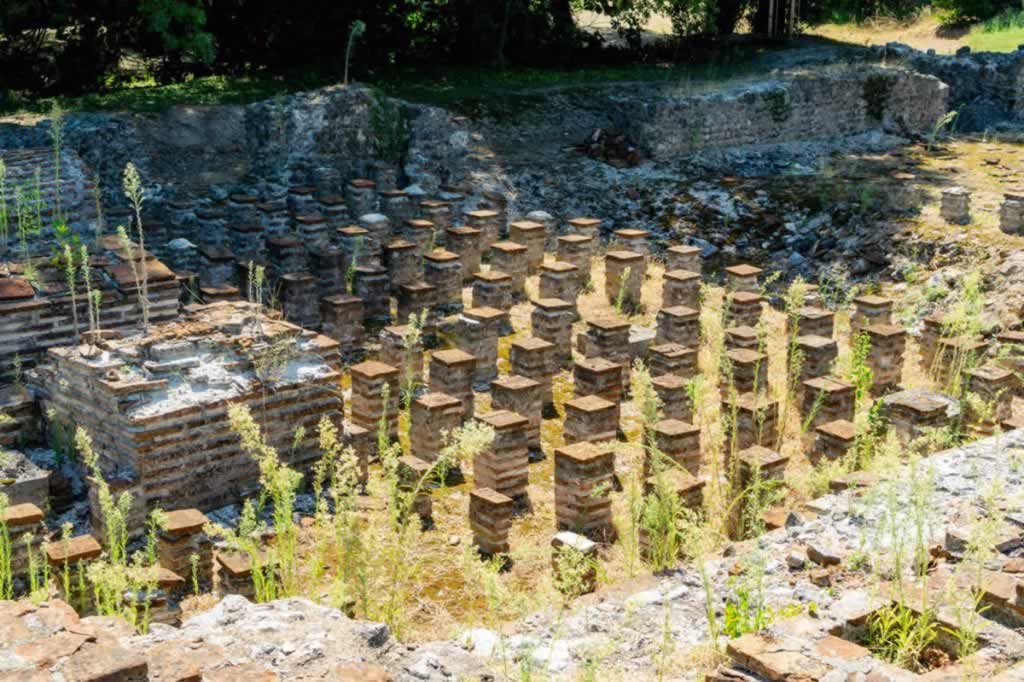
In fact, Roman conquerors did what they had always done: they built on top of the ancient Greek constructions. They didn’t have a problem to build their own Roman baths just over the ancient Greek ones. The flower mosaic above belonged to the ancient Roman baths in Dion.
The Sanctuaries: Zeus, Demeter, Asklepios and Isis
The sanctuary of Isis is flooded almost all year round. This makes it even more intriguing, as one of its main alleyways was meant to symbolize the river Nile.
In the photo below you can see the statue of Isis in the far left of the sanctuary, between two of the three pillars.
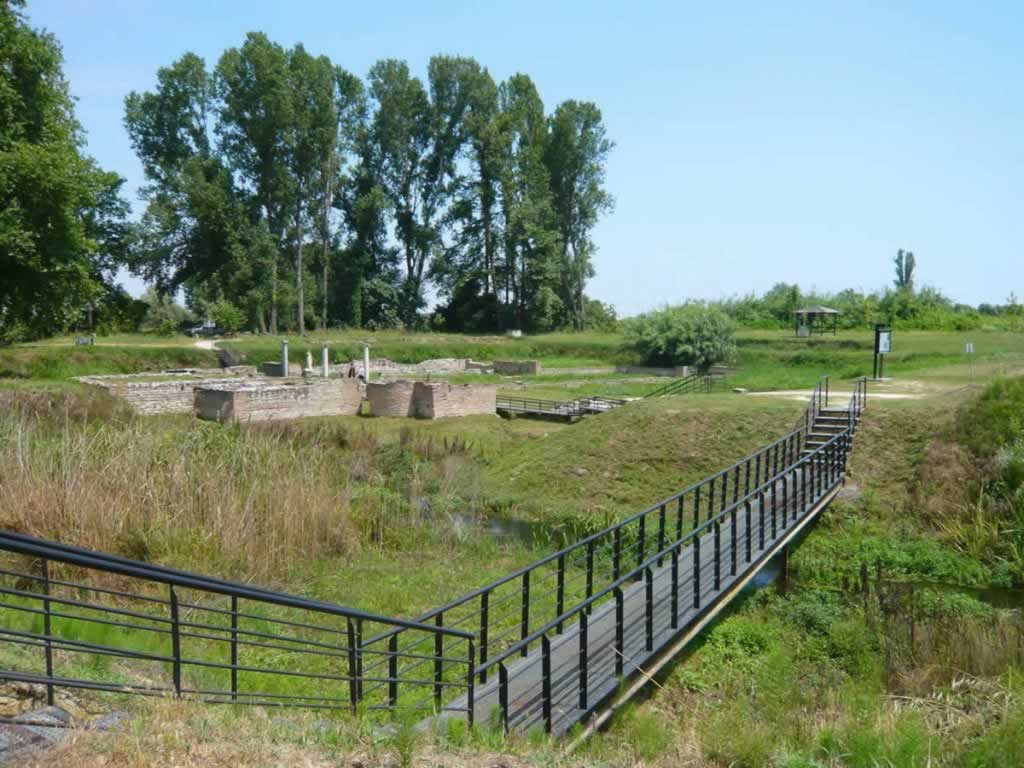
The statues in the Dion sanctuaries are only copies of the originals which you can see in the Dion Archeology Museum. Nevertheless, they look old, with moss growing on their heads and limbs.
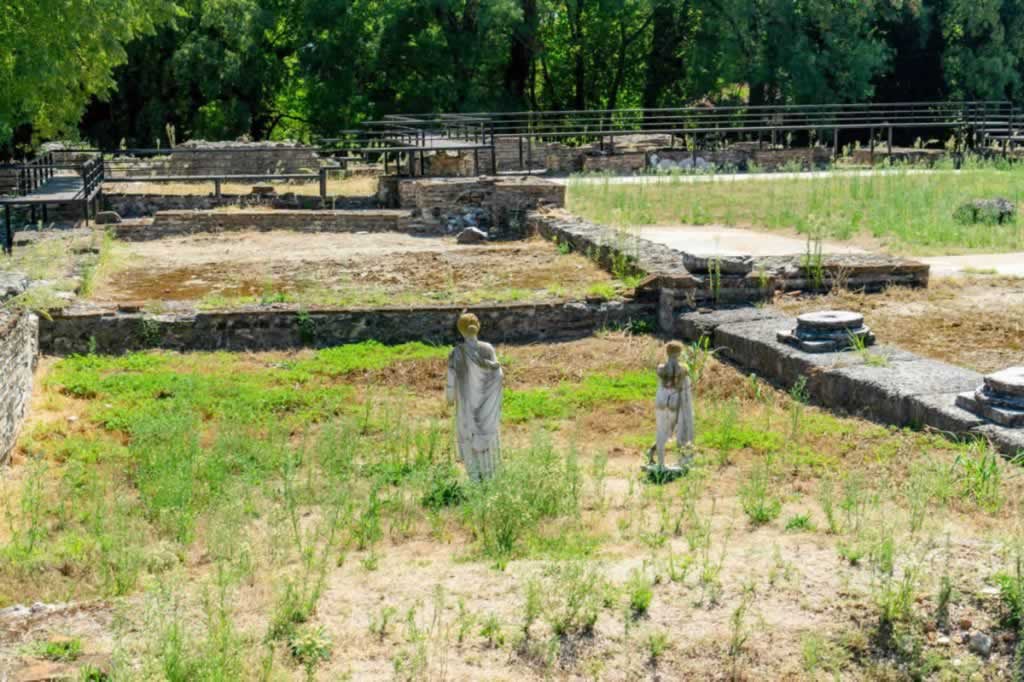
The Houses
The Villa of Dionysus is probably the most famous of all houses uncovered in the archeological park of Dion. Other buildings that have been partially restored are the houses of Zosa and Leda.
In fact, none of these houses has a roof. Many of them have only floors and wall fragments. Your imagination has to complete the missing parts, but this doesn’t make the Dion Archeological Park less fascinating.
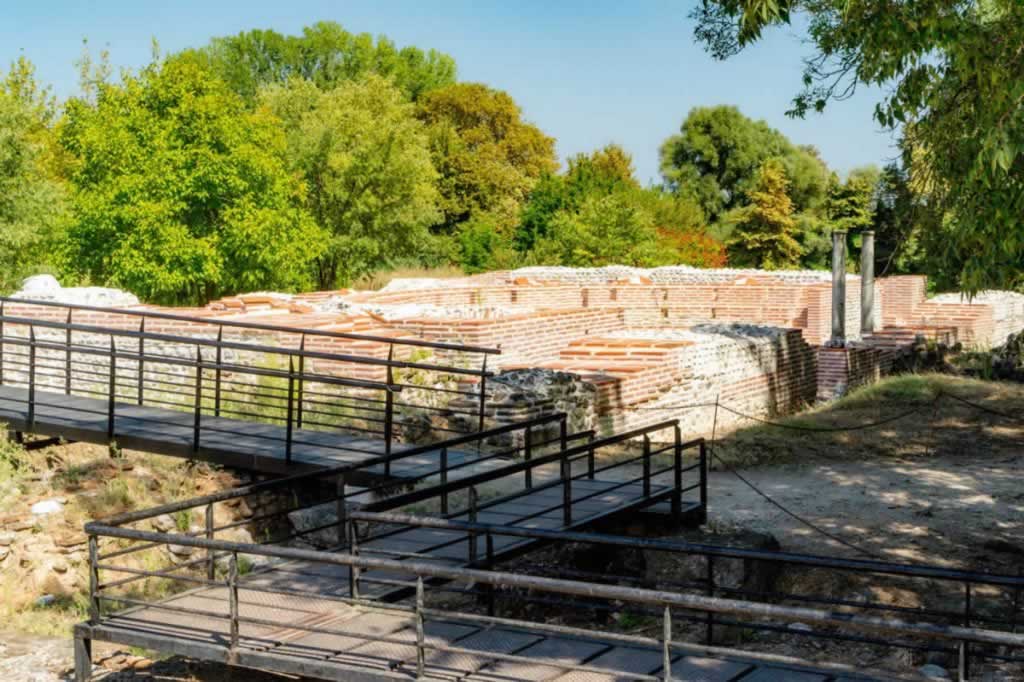
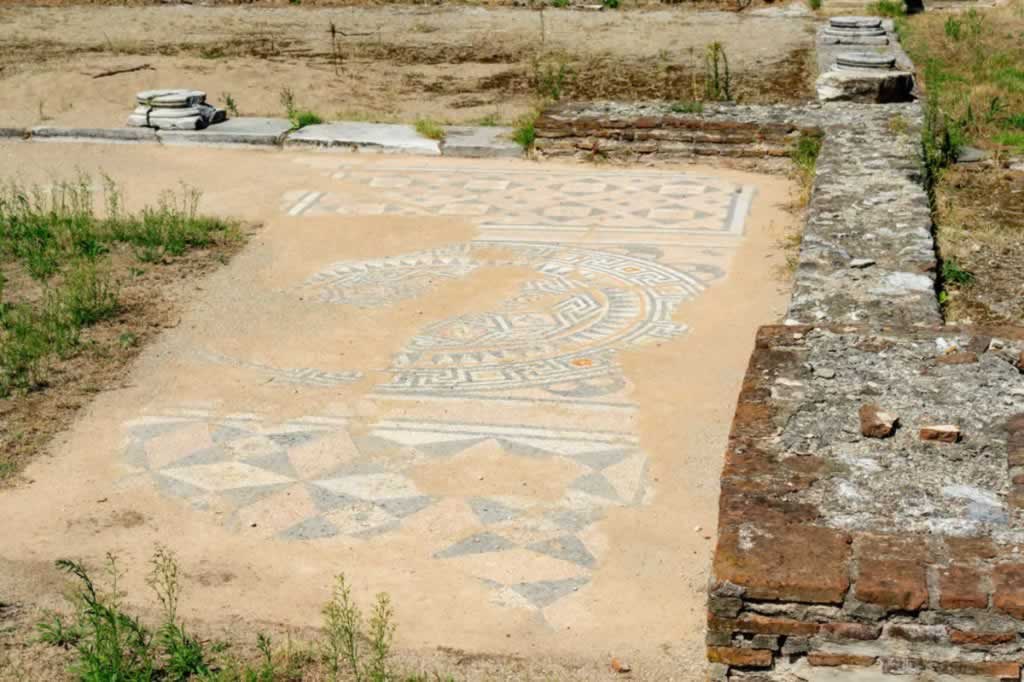
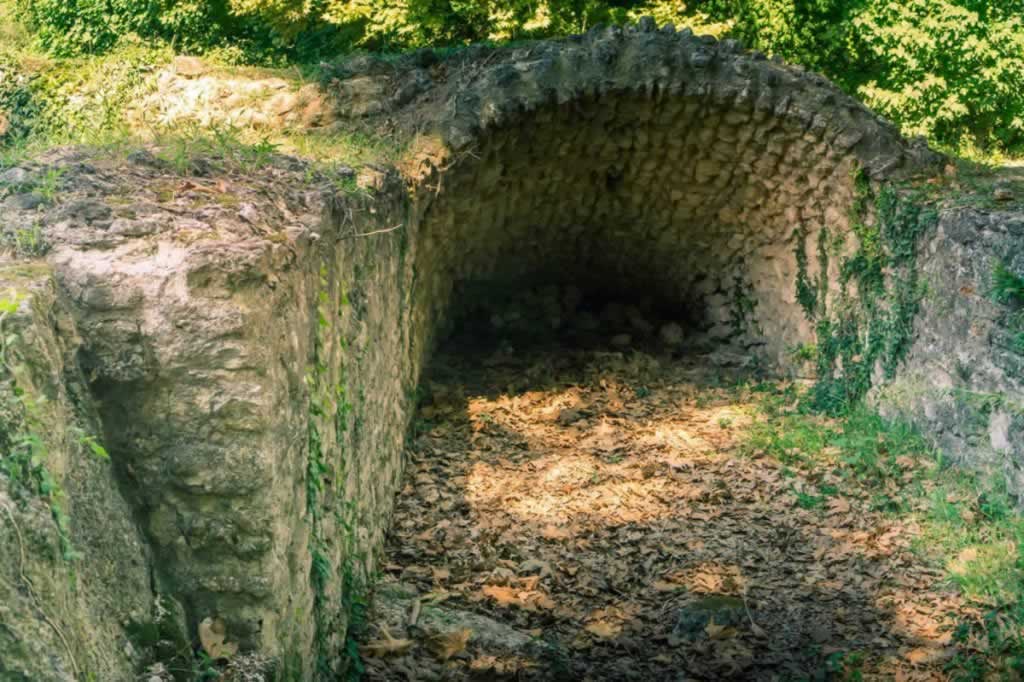
The Hellenistic Theater of Dion
The theater is rebuilt in wood and it is rather unsightly. That’s a shame, as it spoils the charm of this wonderful place.
Apparently, the Hellenistic Theater of Dion used to be a great venue for concerts and shows. Hopefully, life will get back to normal and we will live to attend some concerts here again.
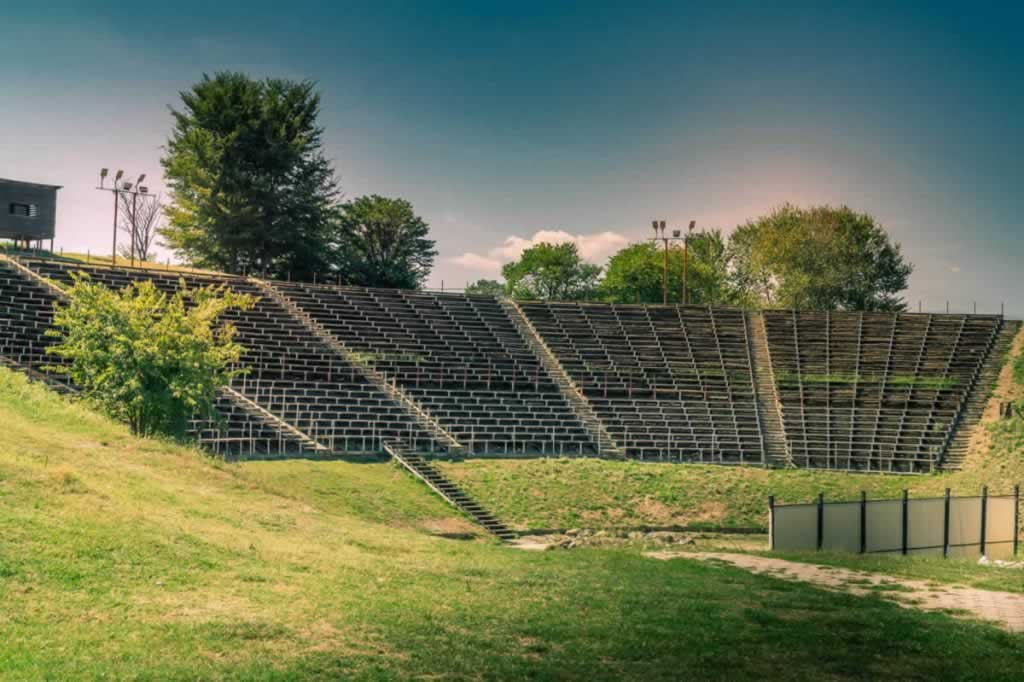
The Flora and Fauna of Dion
The lush vegetation attracts a plethora of insects such as dragonflies, butterflies, grasshoppers and spiders. I even managed to get a praying mantis to model for me.
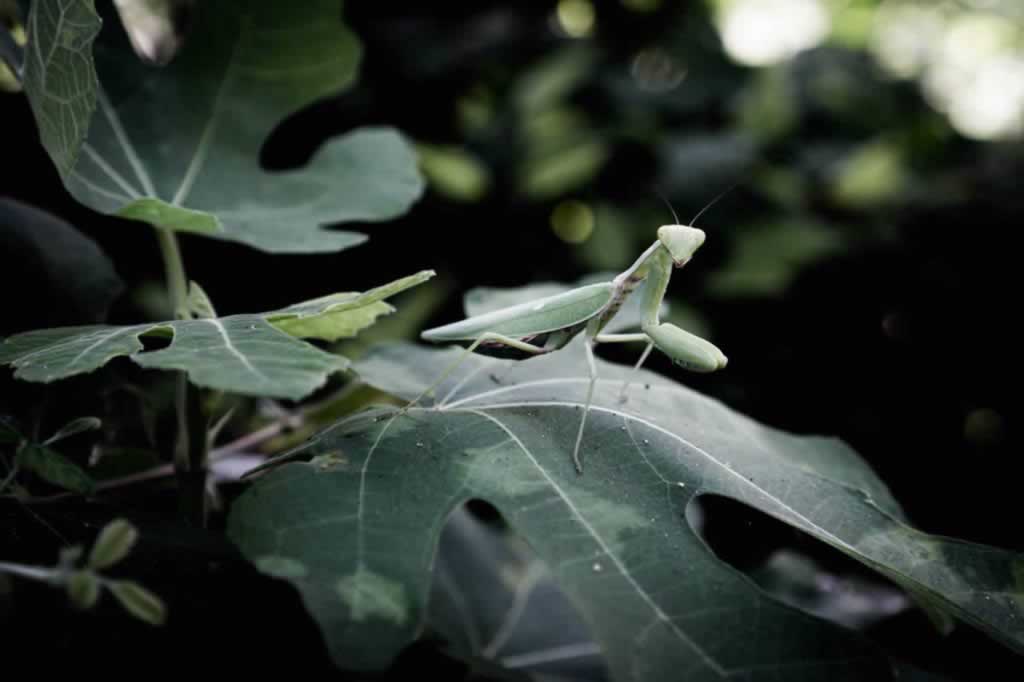
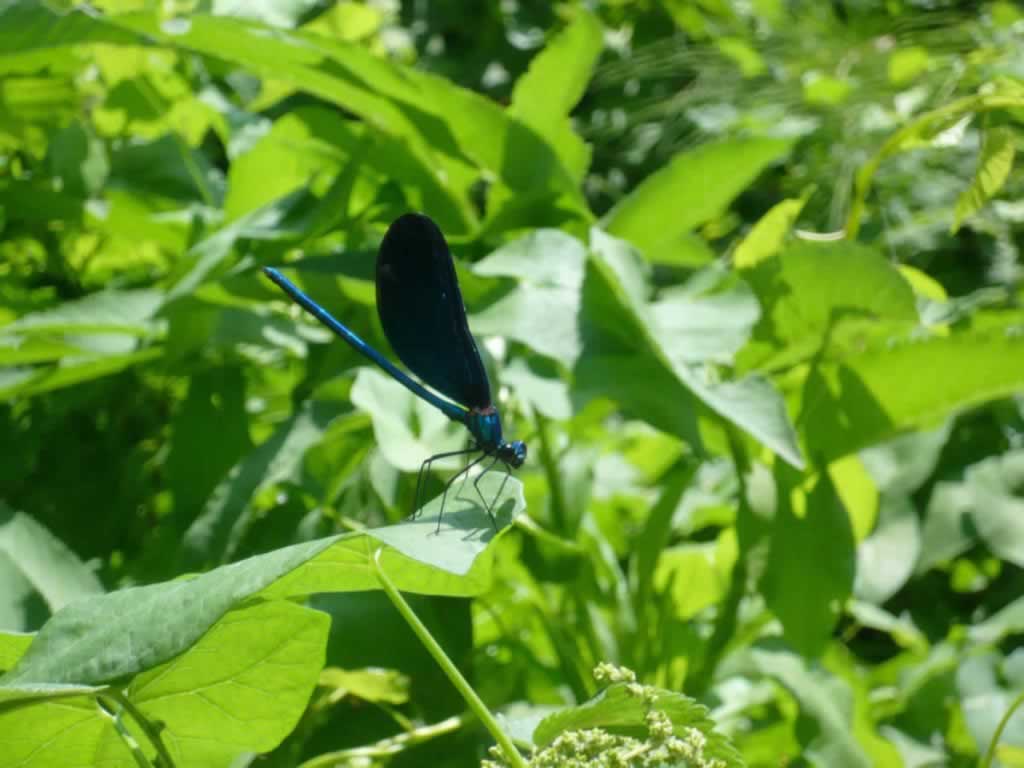
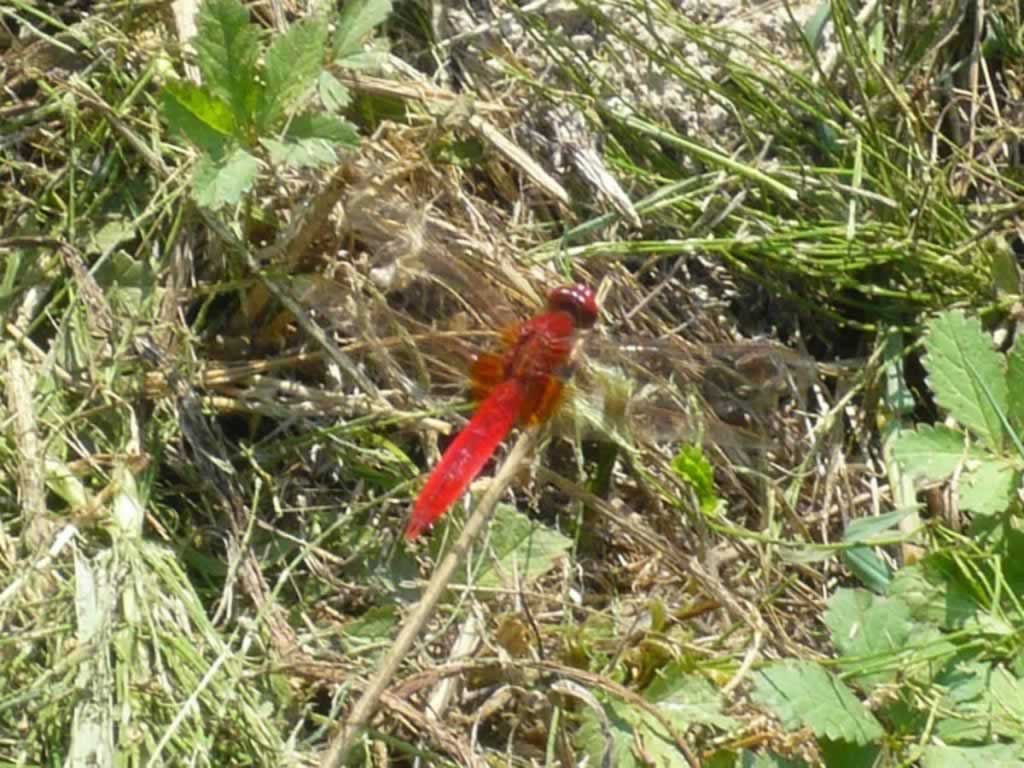
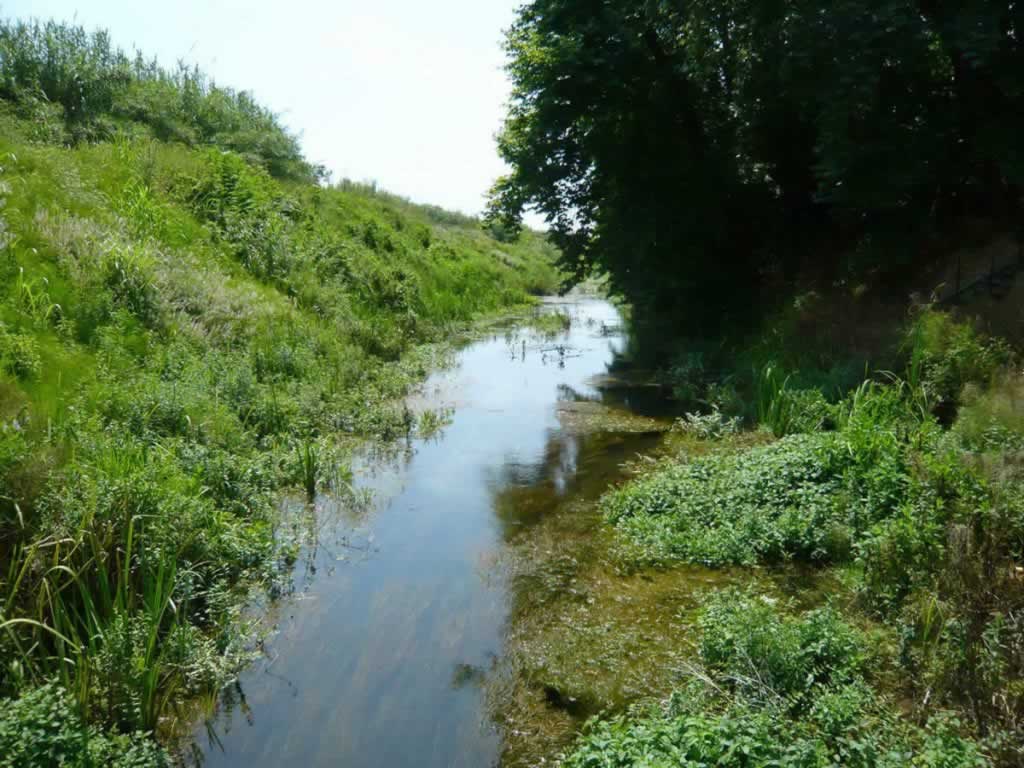
How To Get to Dion Archeological Park in Pieria, Greece
You can reach the site and the village of Dion by car (or any other kind of road vehicle) only.
If you are in Thessaloniki, you may want to take a private tour to Dion and Mt. Olympus like this one, here. The tour includes a visit to the museum and archaeological site of Dion, a relaxing walk through the Enipeas gorge of Mount Olympus near Litochoro village, and a nice lunch at one of the local restaurants.
If you’re already somewhere on the Olympic Riviera or in Litochoro, you should be able to get a taxi to drive you to Dion.
The location of the archeological park is at 17 km from Katerini, close to Nea Efessos highway, between Limenas Litochorou and Litochoro Plaka.
As you can see, Dion is just by the foot of Mount Olympus, the home of Greek gods.
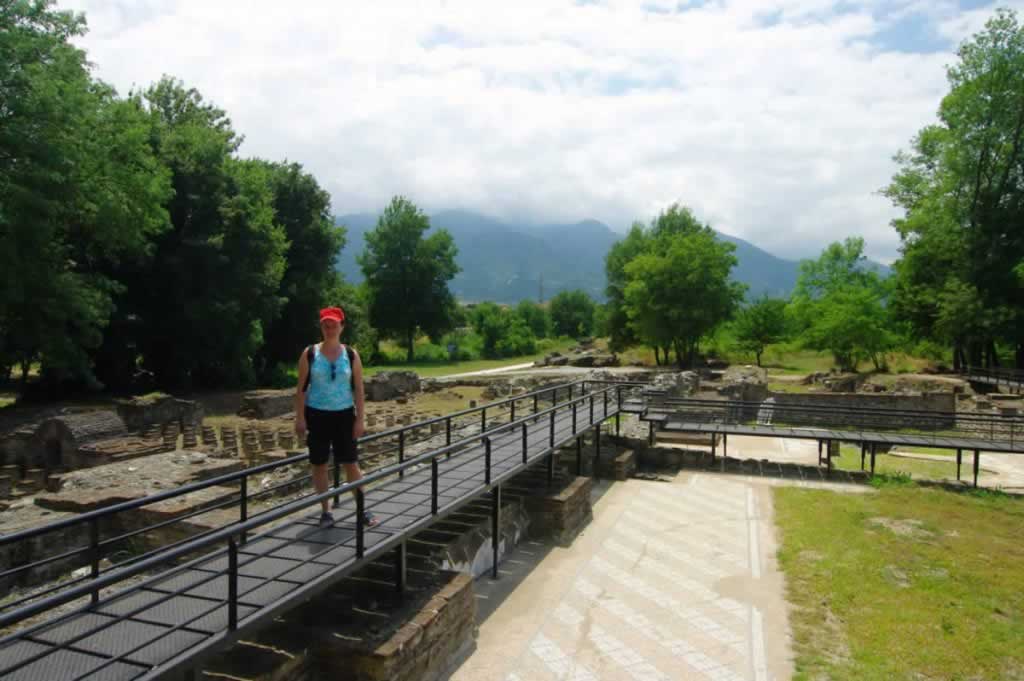
Best Time to Visit Dion
I’ve been to Dion twice, at almost 20 years distance. The first time it was in June and the water was high, there were swamps and lush plants everywhere.
The second time I visited Dion in early September and the landscape was much drier. There weren’t as many colorful dragonflies as in June, but I still managed to spot some neat spiders and even a praying mantis.
I’d say both June and September are great for visiting Dion Archeological Park. There were barely any tourists both times, so we had the place pretty much to ourselves.
Why the Archeological Park of Dion Deserves a Visit
Briefly, you’d have the opportunity to stand right in the spot where Alexander the Great sought help from Zeus before setting out to conquer new territories. History geeks would be thrilled to see this place.
Also, history and archeology lovers will love the visit to Dion. The remains of ancient cities are always fascinating.
Nature lovers will probably love the colorful dragonflies and the spiders.
Even poppy lovers will find their happiness in Dion. Even though it is not romantic, Dion can be nice to visit with your partner or a date, as it is up to par with these other best places to visit in Greece for couples.
